How To Read An Audiogram Australia
The Method The following is an overview of our recommended stepwise method for rapid audiogram interpreta-tion Figure 01. The audiogram shows a series of Xs and Os marked on a graph.
What is an Audiogram.

How to read an audiogram australia. X is used for the left ear and O represents scores for the right ear. The closer all the symbols are to the top of the audiogram graph the better your hearing is. On your audiogram the decibel loss is measured vertically on the left side.
This means that anything below 68 db. O Red - Right. X is used for the left ear and O represents scores for the right ear.
Note when buying a hearing aid it is always better to get the audogram from your audiologist. The horizontal lines represent loudness from very soft at the top to very loud at the bottom. The results of an audiogram can help direct medical and surgical interventions to improve andor preserve hearing function.
Loudness and intensity can be read on the vertical axis. In the audiogram below hearing thresholds for the right ear are represented by red circles and thresholds for the left ear are represented by the blue X. Hearing loss can be divided into two categories.
Audiograms are used to diagnose and monitor hearing loss. The Audiogram shows the minimum volume at which a person can detect a tone played at a particular frequency. Reading the above audiogram from left to right the final O right ear hits about 68 db or so.
The chart starts with low tones mid range tones through to higher frequencies. An audiogram features two axes. The higher up the chart the better the hearing with normal being 0dB to 20dB.
These are measured in decibels dB. Audiograms plot the minimum volumes at which a person can detect tones played at each frequency. The scores are compared to results obtained from persons with normal hearing ie.
Audiograms are created by plotting the thresholds at which a patient can hear various frequencies. The audiogram helps to diagnose the degree and type of hearing loss as well as help a hearing health professional identify possible treatments. Low-pitched sounds start on the left and rise in pitch along the right of the graph.
Their position on the graph indicates the softest sounds you can hear across a range of frequencies. When reading your audiogram first look at where all the symbols fall. This is called your hearing threshold.
If not then you have a problem in your inner ear a sensorineural hearing. An audiogram is a chart that shows the softest level of sound that someone reports hearing for different pitches from low to high pitch sounds. They prefer to use their own calibrated equipment.
The steps are meant to be followed in sequence to allow for all portions of the audio-gram. As the number gets bigger so does your hearing loss. The lower the point on the axis the louder the tone.
How to read your audiogram On the audiogram shown here you can see the vertical lines represent the frequency tone measured and the horizontal lines display the volume loudness required. An Audiogram is a graph that shows the. With a little practice youll be able to read an audiogram.
These show the minimum amount of volime it takes to hear a sound. In the right ear this person has normal hearing in the lower pitches indicated by a red circle corresponding to 15 dB at 250 Hz and 20 dB at 500 Hz. These letters represent your left ear X and your right ear O.
How to read an Audiogram and How to Understand Your hearing test resultswhat do they mean. These letters represent your left ear X and your right ear O. Then look to see if the bone conduction is in the normal range above 20dB.
The line at 0dB. Air conduction thresholds for the right ear that is the softest sounds the right ear can hear at each frequency are marked as an O and the left as an X on the audiogram. How the graph works.
Sistently yield accurate audiogram interpretation. How to read an audiogram The audiogram shows how loud a sound has to be for the patient to hear it at a particular frequency. By testing your hearing at different frequencies your audiologist can ascertain which sounds are heard and which sounds are not.
Aussie Deaf Kids An audiogram can be read from left to right for frequency and from up to down for the intensity in decibels. An audiogram looks like a graph with plotted points. Along the horizontal part of the graph you can see numbers relating to the different pitch or frequency of the sounds you will hear.
An overview of an audiogram. This is called your hearing threshold. Their position on the graph indicates the softest sounds you can hear across a range of frequencies.
The audiogram shows a series of Xs and Os marked on a graph. An audiogram resembles a graph. Each plot on your chart will tell you the lowest intensity level at which you can hear each frequency.
A Patient Guide To Understanding Your Audiogram Results Attune

Understanding An Audiogram Specsavers Australia
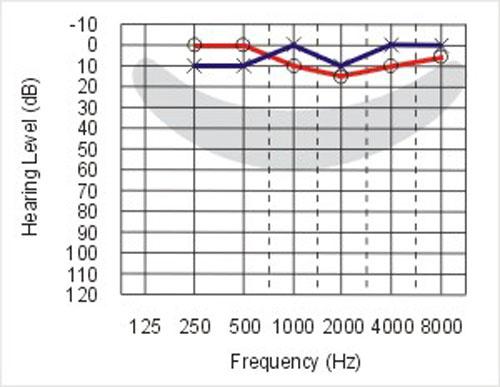
How To Read Your Audiogram Results
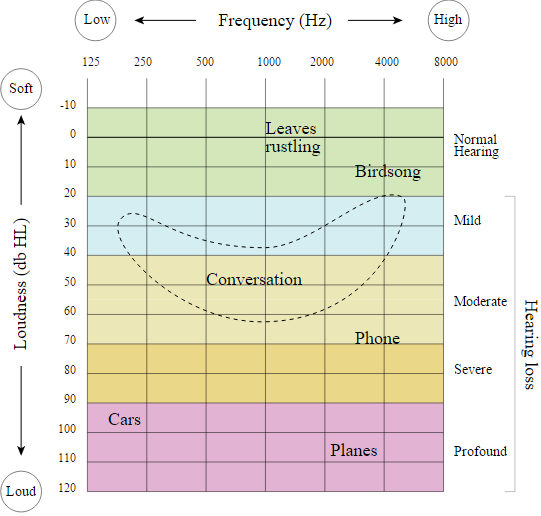
How To Read Your Audiogram Results
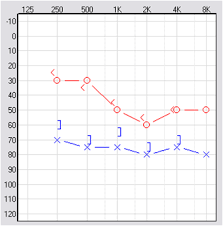
How To Read Your Audiogram Results

Air Conduction Vs Bone Conduction Candidacy Guide For Bone Conduction Systems Med El Professionals Blog
Understanding Your Audiogram Australian Audiology Gold Coast And Northern Nsw

An Easy Guide To Reading Your Audiogram With Pictures And Illustrations
A Patient Guide To Understanding Your Audiogram Results Attune
Understanding Your Audiogram Australian Audiology Gold Coast And Northern Nsw
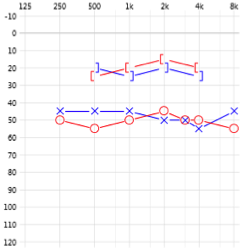
Interpreting The Tests Audiogram And Tympanogram

Air Conduction Vs Bone Conduction Candidacy Guide For Bone Conduction Systems Med El Professionals Blog



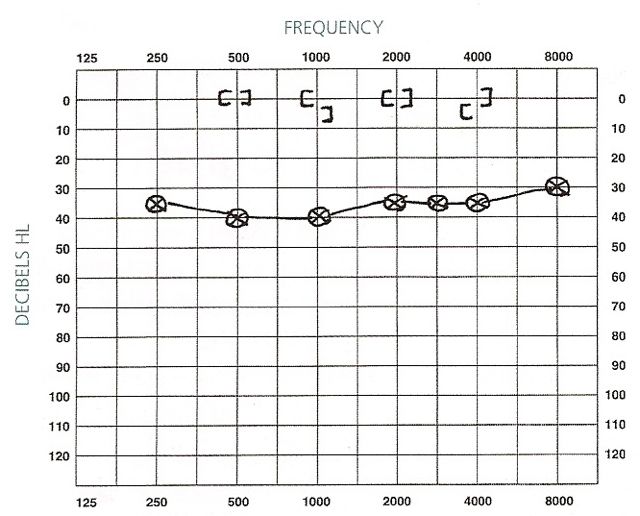
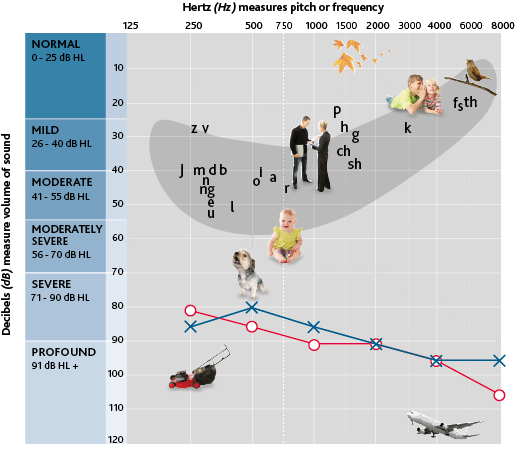
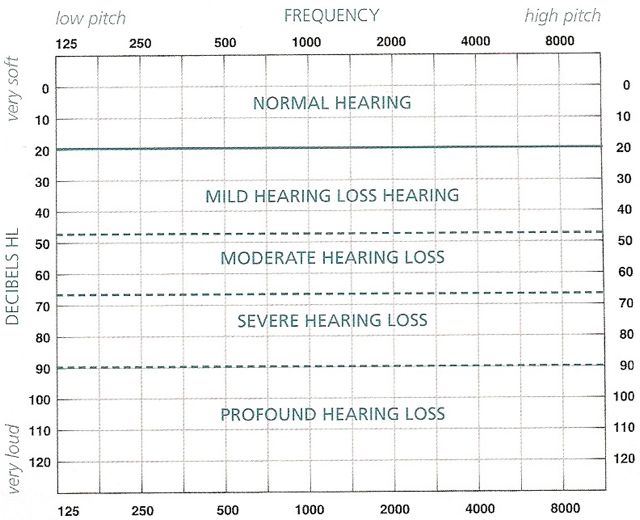

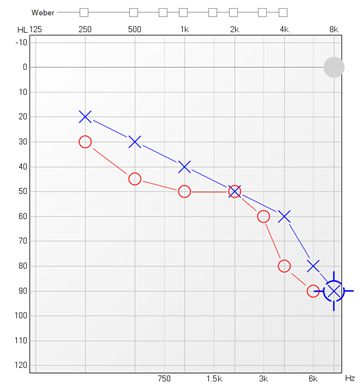
Post a Comment for "How To Read An Audiogram Australia"